May 19 is celebrated as China's National Tourism Day, the day when Xu Xiake (1587 – 1641) — the father of Chinese backpacking — started traveling, according to The Travel Diaries of Xu Xiake.
Known for his geographical treatise, Xu traveled through China for more than 30 years, and several of the routes he traversed some 400 years ago remain in use today.
Now let's follow his footprints and visit some of China's scenic spots.
1. Taihu Lake, Jiangsu Province

(Photos: VCG)
Xu traveled to Taihu Lake in AD1607. Located in the southern part of the Yangtze River delta,the Lake is the third largest fresh water lake in China. Covering an area of 2,338 square kilometers,it is famed for the "Taihu Lake Three Whites”— white shrimp, white bait and white fish.
2. Tiantai Mountain, Zhejiang Province
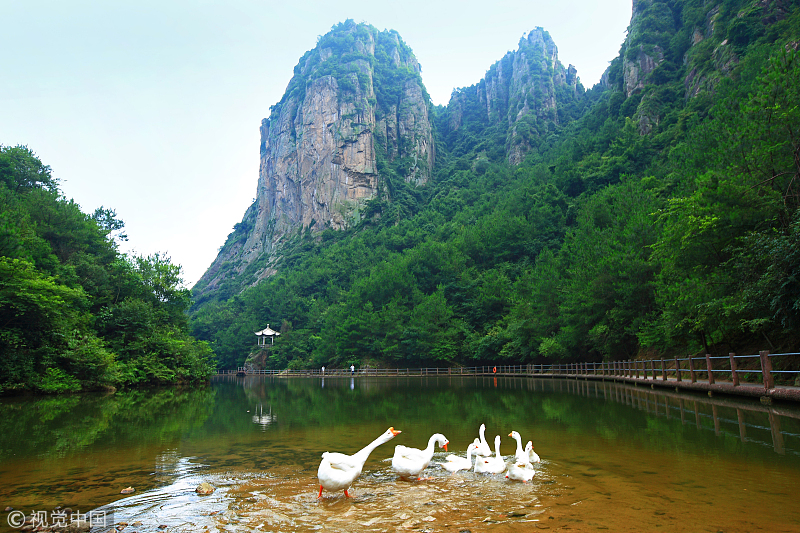
In 1613 Xu Xiake traveled to Zhejiang Province - an eastern coastal province of China- he also climbed up to the Tiantai Mountain, dubbed the “cradle of China’s Buddhism and Taoism”.
3. Jinling(Nanjing), Jiiangsu Province
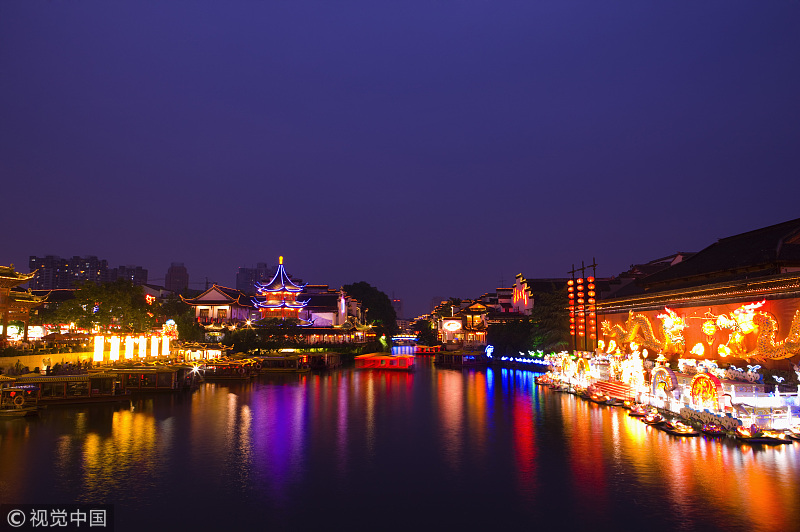
In the winter of 1614, Xu visited Jinling, the ancient name of Nanjing. Located in the eastern part of China, Nanjing is the capital of Jiangsu Province. Apart from having been the capital of China for six dynasties, Nanjing has also served as a national hub for education, research, transportation and tourism throughout history.
4. Westlake, Hangzhou Province
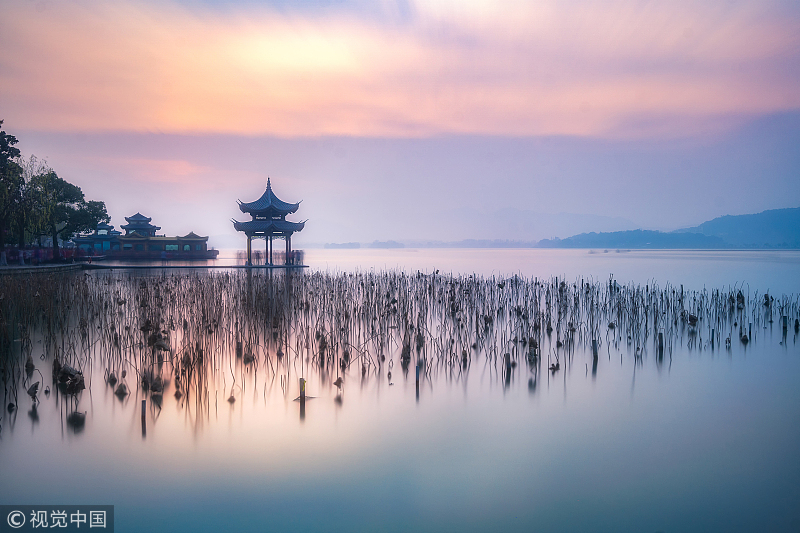
The geographer went south to Hangzhou in 1616 and appreciated the beauty of Westlake. With an area of around 6.5 square kilometers, West Lake is famous for its picturesque landscape and ancient buildings in the surrounding areas.
5. Southern sacred montains
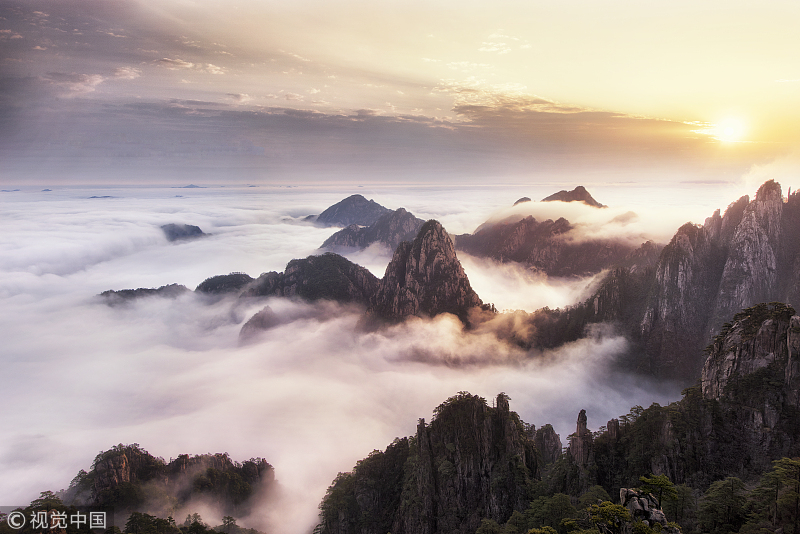
Clouds of Mt. Huangshan
From 1618 to 1623, Xu visited various Buddhist and Taoist Mountains in south China such as Mt. Huangshan, Lushan and Wudangshan.
6. Fujian Province
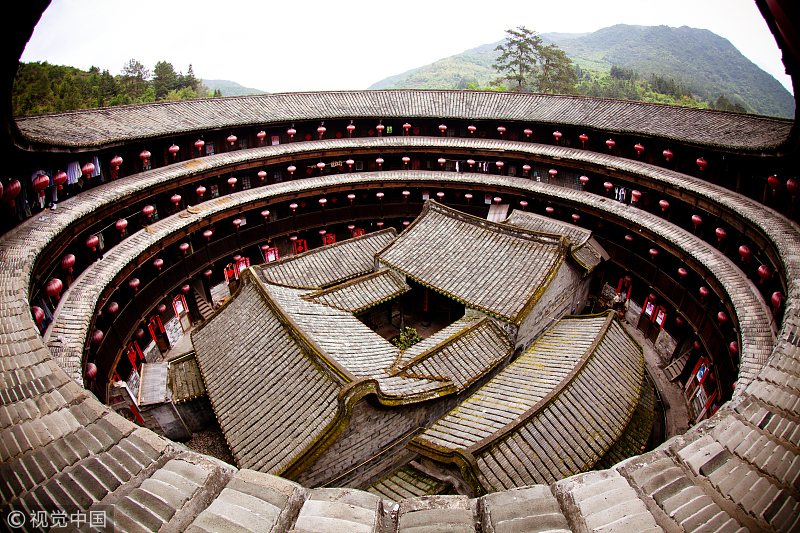
Traditional architecture in Fujian
Xu visited China’s southeast Province Fujian twice from 1628 to 1630. Lying off the southeastern coast of China and facing Taiwan across the Straits, the province is renowned for the traditionally starting careers in overseas countries, making it a famous hometown of overseas Chinese.
7. Shanxi Province
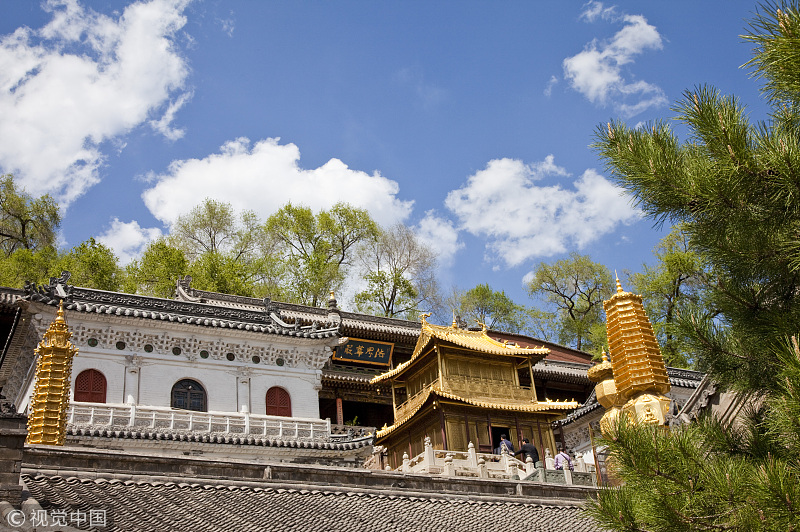
Temples in Wutai Mountain
Three years later he came north to Shanxi Province in central China and visited Wutai Mountain, one of the four famous Buddhist shrines, and the northern sacred mountain Hengshan.
Xu Xiake’s travel logs play a significant role in the history of Chinese geography.


